A look at the region: Institute of Prehistoric and Historical Archaeology, University of Vienna
Gerhard Trnka, Timothy Taylor. Interdisciplinaria Archaeologica 4(1): 117-122, 2013. Online First, 15 August 2013. Download as pdf-document
- Institutional history
- Facilities
- Research and Teaching
- Associated Institutes and Societies
- Projects in progress
Vienna University, Faculty of Historical and Cultural Sciences, Institute of Prehistoric and Historical Archaeology, Franz-Klein-Gasse 1, A-1190 Vienna, Austria. http://www.univie.ac.at/urgeschichte/; E-mail: urgeschichte@univie.ac.at; Phone: (0043) 01 4277/40401 – 40404
1. Institutional history
Prehistoric archaeology was first recognized as a subject at the University of Vienna in 1892 as taught under the direction of Moritz Hoernes. The Prehistoric Institute (Prähistorisches Institut) was founded in 1917. Oswald Menghin later changed the name to the ‘Urgeschichtliches Institut’ (which also translates into English as Prehistoric Institute, although ‘Ur’ has more of a ‘primal’ connotation). The premises were originally small rooms in Wasagasse in the 9th District and in Hanuschgasse in the 1st District, not far from the State Opera. In 1963, Richard Pittioni changed the name to Institut für Ur-und Frühgeschichte (Institute of Prehistory and Early History) and the Institute moved to the university’s at the time new institute building, near the main university in the city centre.
The Institute relocated once again, under the leadership of Herwig Friesinger, in 1988, moving into the last great building of the Imperial and Royal Monarchy, the former Academy for World Trade, erected in 1917 and overlooking Währinger Park. The building also currently houses the Institute forClassical Archaeology, the Institute for Numismatics and the History of Money, and the Austrian Archaeological Institute. This relocation provided ample space on the 3rd, 4th and 5th floors for teaching and research and has accommodated the successful expansion of the student body. The official journal of the Institute, Archaeologia Austriaca, is jointly published with the Austrian Society for Pre- and Early History and the Prehistoric Commission of the Austrian Academy of Sciences by the Academy press: http://verlag.oeaw.ac.at/Reihen/Archaeologia-Austriaca.
The editorial offices of the Journal of World Prehistory published by Springer (New York) are also housed at the institute.
We became the Institut für Urgeschichte und Historische Archäologie (Institute of Prehistoric and Historical Archaeology) in 2013, signalling our engagement with the entire scope of human history, from evolutionary origins (as before) through to the contemporary period.
2. Facilities
As concerns research and teaching, the Institute meets the necessary standards of a university. The Institute currently comprises eleven academic staff, a photographer with two assistants, a graphics technician, four conservators and three administrative staff in the secretarial office. The building houses a subject library with 75,000 volumes and an active acquisition programme, two lecture rooms, a seminar room, a computer room and an extensive teaching collection. Archaeological conservation takes place in the Conservation Laboratory, with its restoration and X-ray capacities. The Photographic Laboratory provides analog, digital, film and video facilities for the documenting and archiving of archaeological material.
The loft space of the building on the 5th floor houses the archaeological prospection unit, supporting air photography and magnetometry. This is a collaborative initiative with the Ludwig Bolzmann Institute for Archaeological Prospection and Virtual Archaeology (LBI). Scanning Electron Microscopy and Archaeometallurgy exist as part of our collaboration with the Vienna Institute for Archaeological Science (VIAS). Finds processing takes place in the basement of the original building, while the so-called New Building (Neubau) to the rear (which is partly occupied by the university’s Centre for Translation Science) contains both an extensive basement storage area and, in the 5th floor loft, the Vienna-Lithothek (VLI) – a substantial global archive of lithic raw materials.
The oldest of the Institute’s numerous facilities is the teaching collection, based on the late 19th century collection of Matthäus Much with an original inventory of 80,000 objects. Important elements of the Much collection include finds complexes and assemblages from Willendorf in the Wachau (Middle Upper Palaeolithic), Mondsee (Late Neolithic), and the cemetery of Stillfried on the March (Late Bronze Age).
3. Research and Teaching
The mission of the Institute is to develop research and teaching through projects and programmes of cooperation and collaboration with colleagues at home and abroad. These span periods from the Palaeolithic through to the historical present, involving extensive interdisciplinary project work along with research and teaching which includes excavation programmes in Austria and abroad. This mission has recently been strengthened with the appointment of two new professors with research emphases in Landscape Archaeology and in Theoretical Archaeology/World Prehistory respectively.
Disciplinary teaching currently includes a three year (6 semester) BA and a two year (4 semester) MA, along with a three year doctoral programme.
For our BA see: Curriculum BA
For our MA see: Curriculum MA
For our doctoral sudies see: Doctoral Programme in Humanities, Philosophy and Education
4. Associated Institutes and Societies
LBI: Ludwig Boltzmann Institute for Archaeological Prospection and Virtual Archaeology(Ludwig Boltzmann Institut für Archäologische Prospektion und Virtuelle Archäologie): http://archpro.lbg.ac.at
ÖGM: Austrian Society for Medieval Archaeology(Österreichischen Gesellschaft für Mittelalterarchäologie), the Medieval Archaeology archive, and the journal Beiträge zur Mittelalterarchäologie in Österreich: http://www.univie.ac.at/oegm/)
ÖGUF: Austrian Society for Prehistoric and EarlyHistorical Archaeology (Österreichische Gesellschaft für Ur- und Frühgeschichte) and its journal Archäologie Österreichs: http://www.oeguf.ac.at/
VIAS: Vienna Institute for Archaeological Science: http://vias.univie.ac.at/
5. Projects in progress
Michael Doneus – research interests: Archaeological aerial photography; landscape archaeology, digital methods and applications. Projects: Automated georeferencing and orthorectification of archaeological aerial photographs.
Erich Draganits – research interests: Geoarchaeology, stratigraphy, geological resources, stratigraphy, sea-level change, provenance of lithic artefacts, micro-toponyms. Projects: Geoarchaeological analysis of a Mycenaean sewage channel in Tiryns, Greece.
Ulrike Fornwagner – research interests : Airborne Remote Sensing. Projects: Integrated archaeological interpretation of airborne remote sensing and geophysical prospection data ofthe case study area around Zillingdorf.
Herwig Friesinger – research interests: Early Historyof the Eastern Alps and Danube area with a focus on late Antiquity and Slavic archaeology.
Alexandra Krenn-Leeb – research interests: Neolithic Period; Copper Age; Bronze Age; social archaeology; human ecology; archaeology of space; ritual and conflict; resource and crisis management. Projects: Identity, mobility and tradition in the area of conflict of Bronze Age populations (Wieselburg Culture). Human Ecology of the Copper Age: environmental, economic, landscape-archaeological and social archaeological parameters of the connection network between human beings and the environment (research excavation at the Kleiner Anzingerberg in Meidling im Thale, Lower Austria). Deposition in the context of space and ritual:strategies and concepts in the Bronze Age. Conflict and Cult? Crisis and coping with crisis versus ritual manipulations in the Neolithic Period. – Focus Postwar Period: history of science of prehistory and medieval archaeology in Austria. – BALANCE: Promoting health in archaeology.
Andreas Lippert – research interests: Economic and social structures in the Copper-, Bronze- and Early Iron Age; settlement archaeology. Projects: Interdisciplinary settlement archaeology in the Gasteinertal, Salzburg. Archaeological Survey, analysis of communication routes, air photography. Prehistoric sacrificial sites in eastern Alpine passes (Salzburg).
Natascha Mehler – research interests: Historical Archaeology in Central and North-east Europe; Viking Period. Projects: The Assembly Project (TAP) – Meeting Places in Northern Europe AD 400–1500. Harbours in the North Atlantic AD 800–1300 (HaNOA). The Hanseatic Expansion into the North Atlantic (ca 1400–1700) – in cooperation with Queen’s University, Belfast.
Alois Stuppner – research interests: The Roman Empire and Late Antiquity. Projects: The Oberleiserberg in the Roman period and Late Antiquity. Roman and Migration Period settlement structures in the Grafenwörth area. Digitisation of the Institute’s study collections.
Erik Szameit – research interests: Migration Period and Medieval Archaeology; Slavic archaeology; medieval weapon research. Projects: Thunau: investigation of the early medieval settlement and cemetery of Thunau, Gars am Kamp, Lower Austria. Northeastern Bavaria (Oberpfalz) and neighbouring regions in the Migration- and Medieval Period (excavation project in cooperation with Dr. Hans Losert, University of Bamberg, Germany). Metallurgical examination of medieval arms and armour.
Timothy Taylor – research interests: Archaeological theory (including history of scholarship, art, gender, symbolism, death-related and visceral behaviours, materiality); world prehistory; later prehistory of Eurasia with special reference to Eastern Europe and the steppes. Projects include diachronic analyses of Kreisgrabenanlagen (in collaboration with the University of Buffalo and the LBI, Vienna) and interdisciplinary analysis of Inca child sacrifice (with the University of Bradford).
Claudia Theune-Vogt – research interests: Medieval, post-medieval, and contemporary archaeology. Projects: Contemporary archaeology in former concentration camps in Austria. The Early Medieval cemetery of Weingarten, Baden-Württemberg, Deutschland. Space and material culture in medieval Tulln, Lower Austria. The Eastern Alpine zone revisited – continuity and change from the Late Antiquity to the medieval period.
Gerhard Trnka – research interests: Palaeolithic, Neolithic and Bronze Ages; lithic raw materials in archaeology; flint mining; Kreisgrabenanlagen. Projects: The Celtic hilltop settlement of Oberleiserberg. Construction and curation of the Institute lithic raw material collection (VLI/Vienna-Lithothek).
Otto H. Urban – research interests: The Iron Age; Celtic archaeology; archaeological methods; history of scholarship (including the study of prehistory under National Socialism). Projects: Prehistoric hilltop settlement around Linz. The fortification architecture of Vix und Mont Lassois, Bibracte, France.
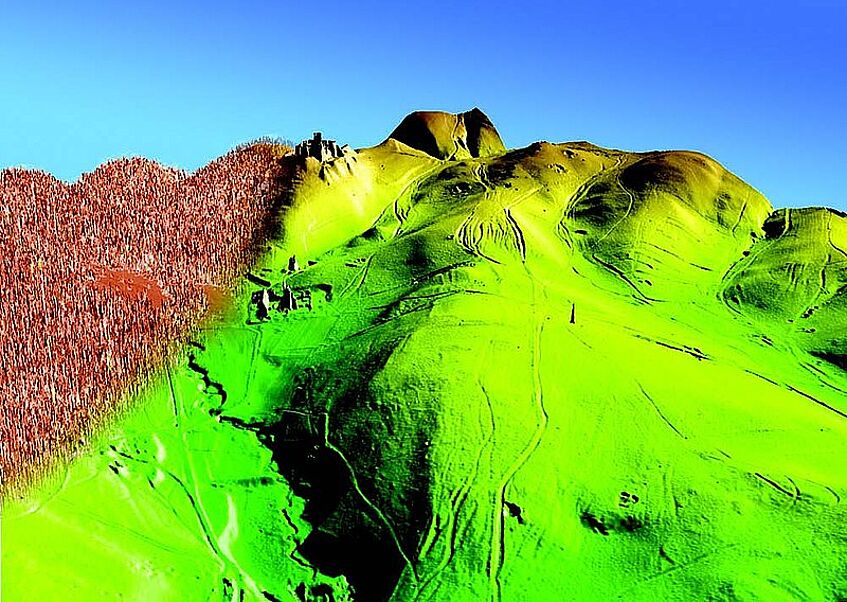
Figure 1. Michael Doneus – Perspective representation of LIDAR laser scanning data from an overflight near St. Anna in der Wüste, Lower Austria. Digital surface model with vegetation (left) and without vegetation (right).
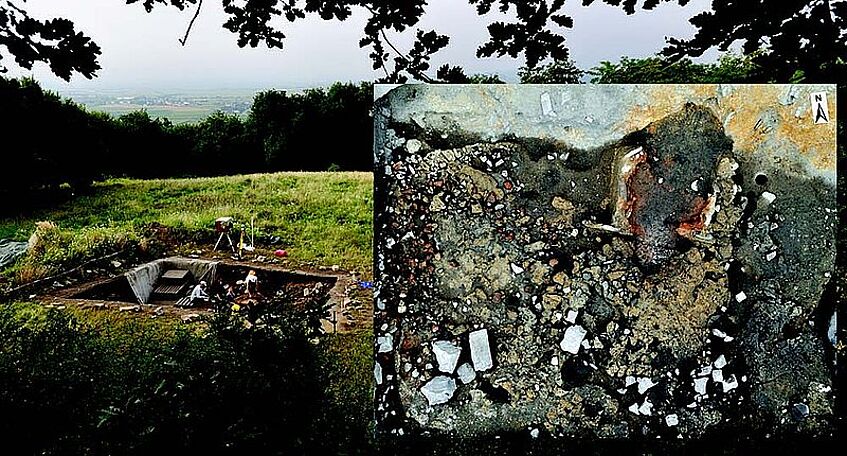
Figure 2. Alexandra Krenn-Leeb – Kleiner Anzingerberg, Lower Austria, 2011: Final Neolithic Jevišovice culture settlement with domestic remains.
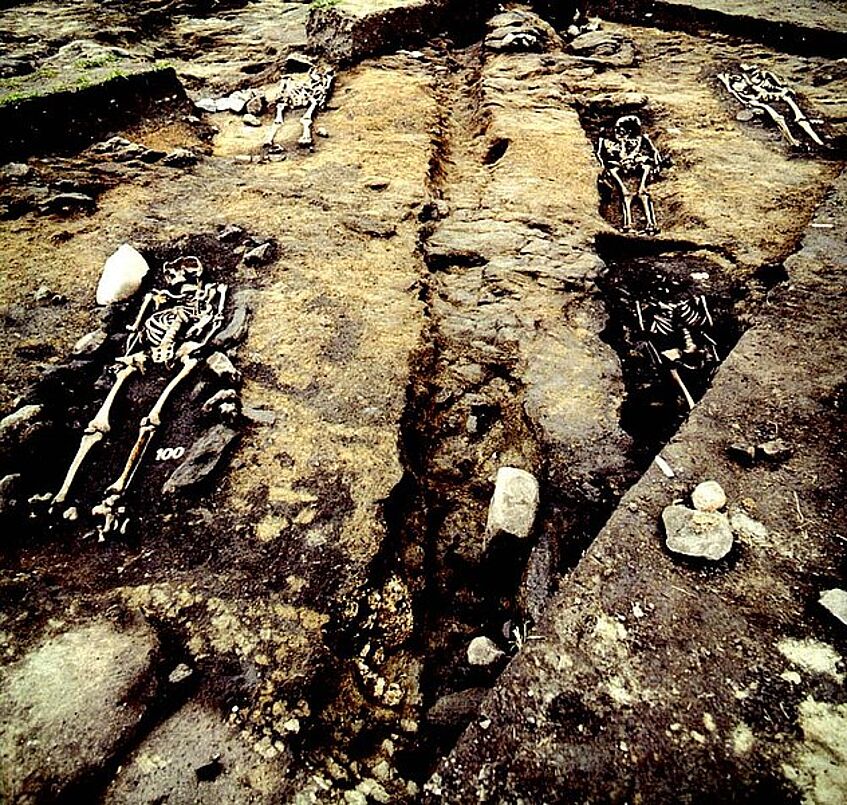
Figure 3. Erik Szameit – Gars-Thunau, Lower Austria, 1990: Early Medieval cemetery.
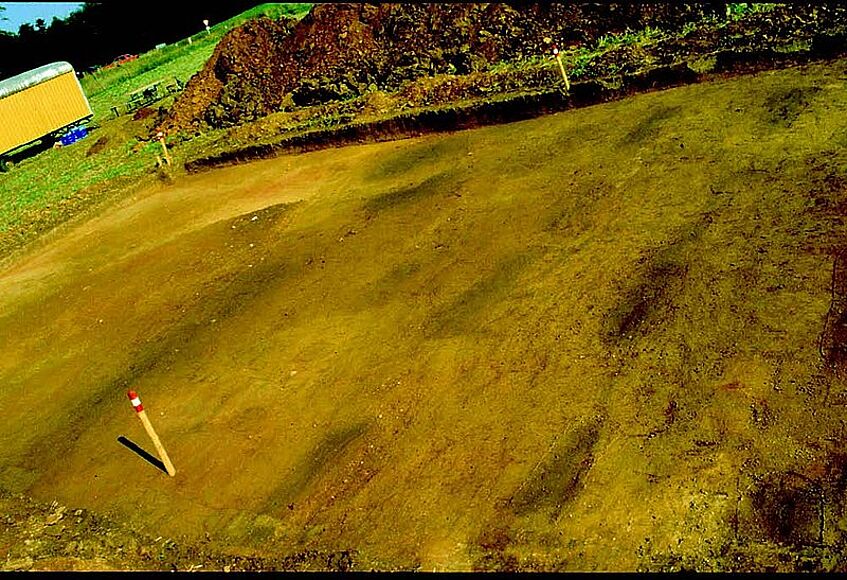
Figure 4. Eva Lenneis – Mold, Lower Austria, 1996: Early Neolithic Linear Pottery Culture (LBK) settlement with domestic remains.
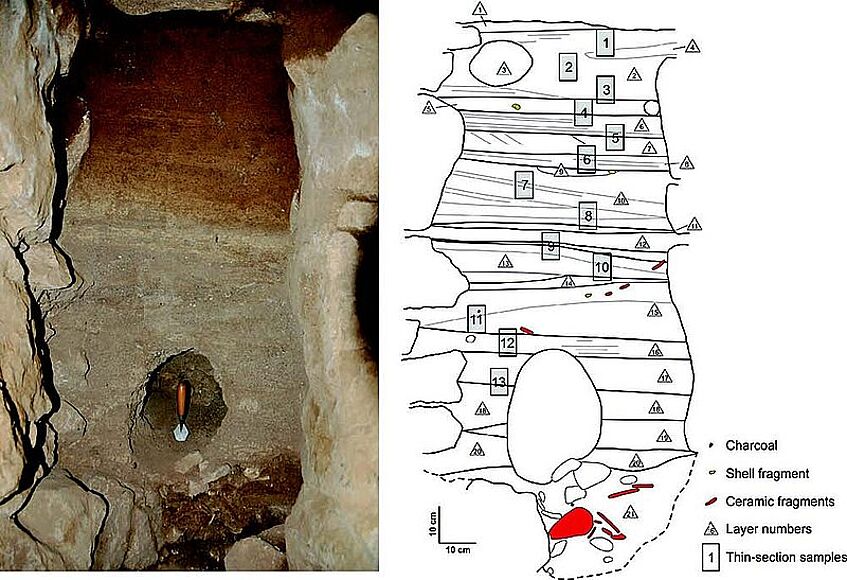
Figure 5. Erich Draganits – Mycenean sewage from Tiryns (Greece) 2010.
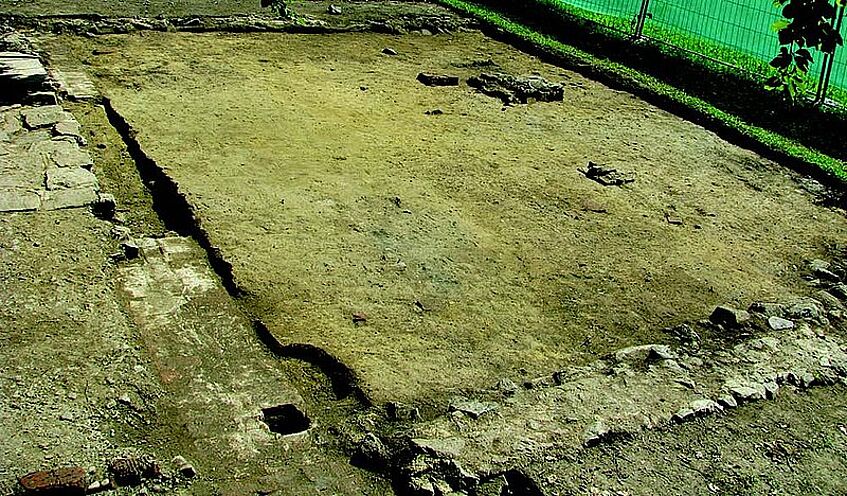
Figure 6. Claudia Theune-Vogt – Former concentration camp at Mauthausen, Upper Austria, 2009: Medical centre – Barrack No 6.
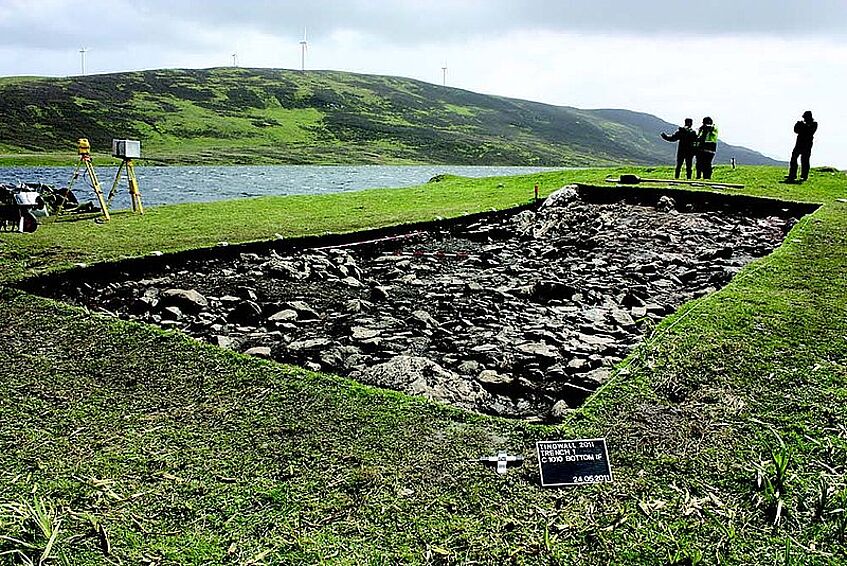
Figure 7. Natascha Mehler – Tingwall, Shetland Islands, 2011: settlement dated from the first to sixth centuries AD.
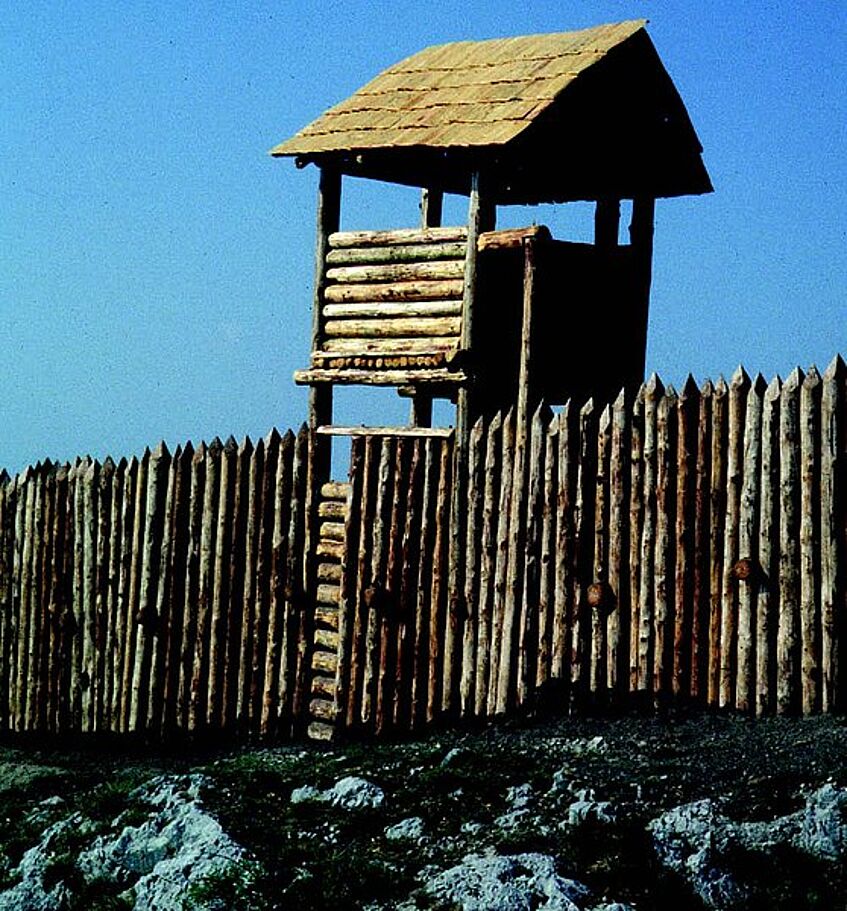
Figure 8. Otto H. Urban – Braunsberg, Lower Austria, 2000: reconstruction of the Late La Tène fortifications.
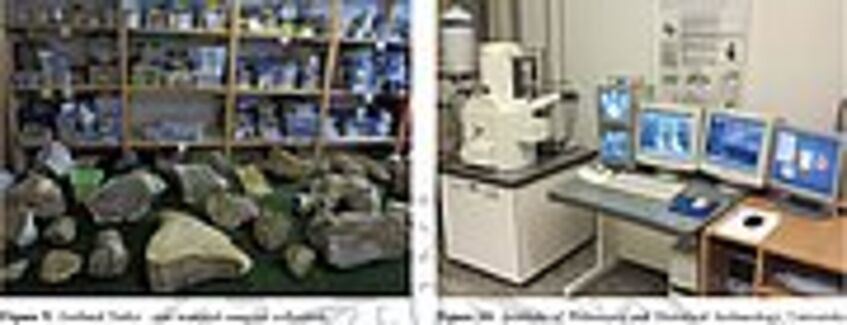
Figure 9. Gerhard Trnka – raw material samples collection.
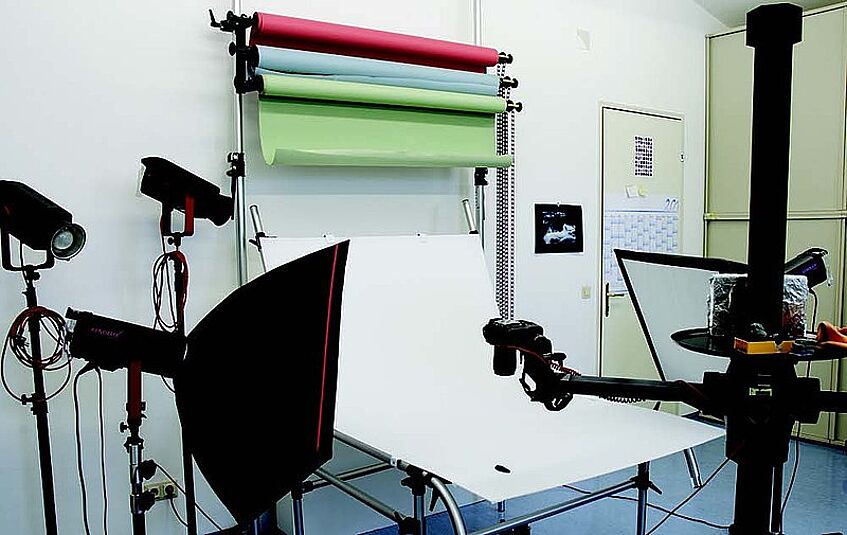
Figure 10. Institute of Prehistoric and Historical Archaeology, University of Vienna – electron microscope laboratory.
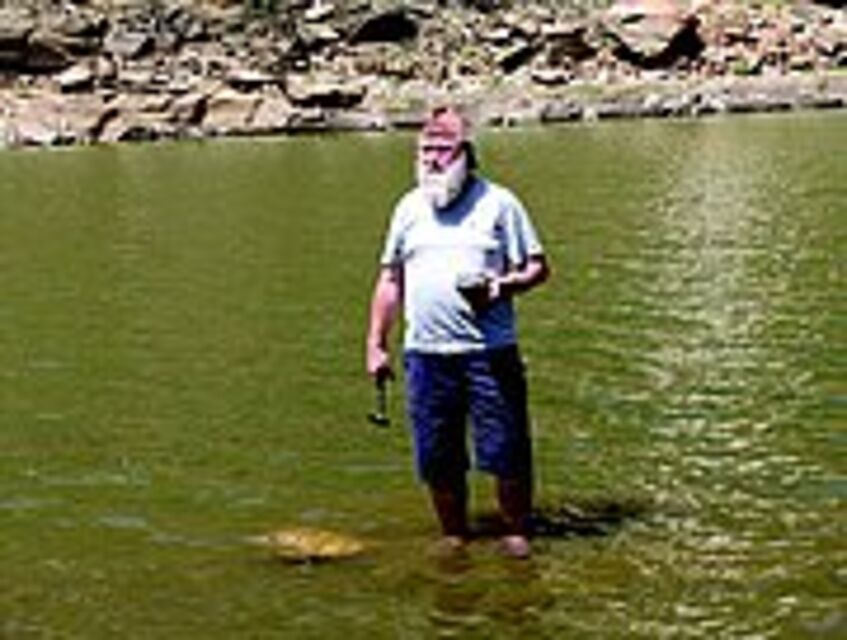
Gerhard Trnka at the Blue Nile River in 2012. Hidase Bridges, Gohatsion
